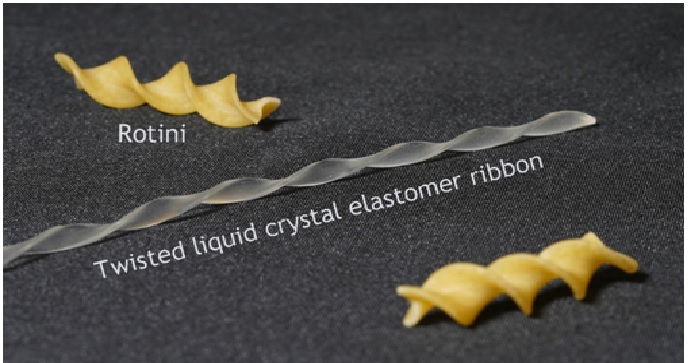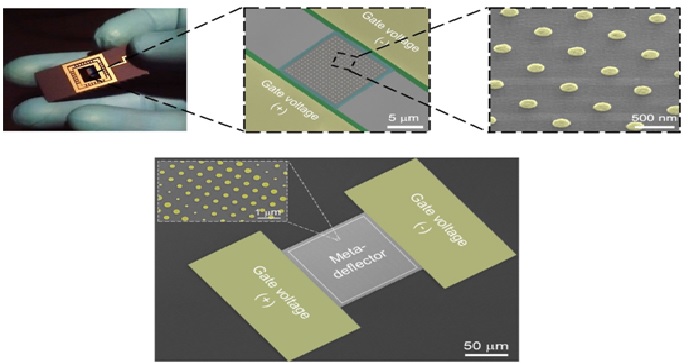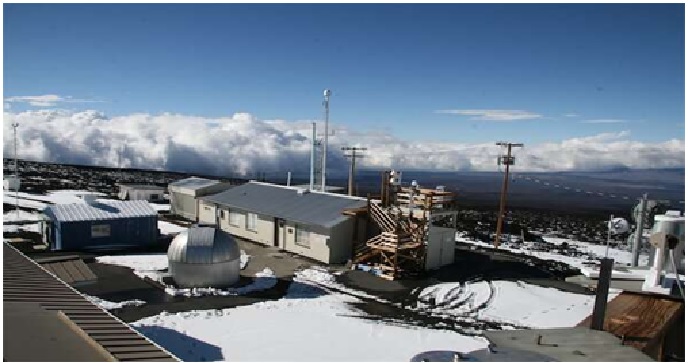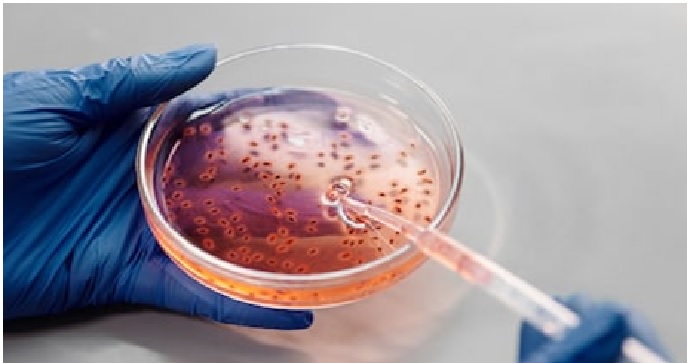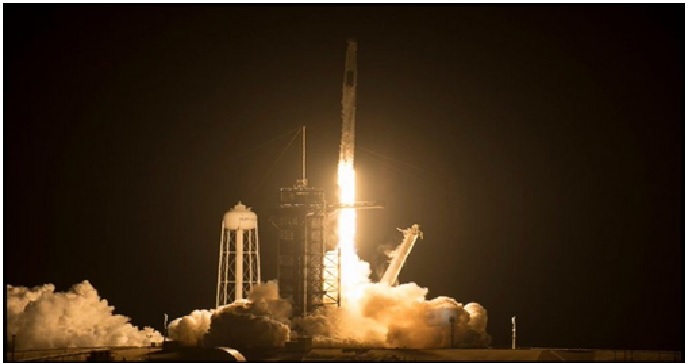Growing Cells on a Robot Skeleton
Scientists have discovered a new tissue engineering concept. The science of growing human cells to use in medical treatments is still very young. But scientists have been working hard to come up with new ways to do it effectively. A new method discovered by engineers could improve the quality of tissue engineering by growing it on moving robotic skeletons. [1]
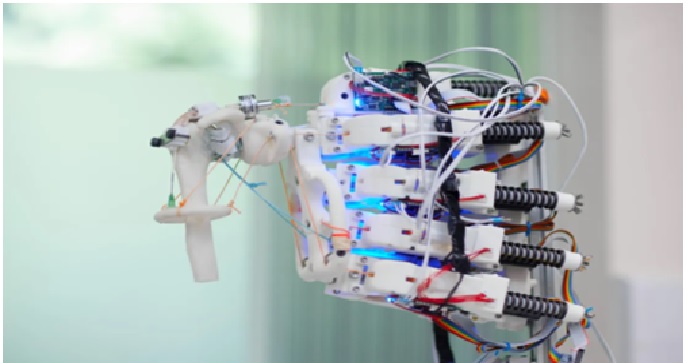
Figure 1. Growing Cells on a Robot Skeleton
Figure 1 shows growing cells in an actual person creates all sorts of difficulties, of course, so the cross-disciplinary team decided to approximate the human musculoskeletal system as best they could using a robot. As described in a paper published in Communications Engineering, they adapted an open-source robot skeleton designed by the engineers at Devanthro and created a custom growing environment for the cells that can be fitted into the skeleton to bend and flex as required. (Such growing environments are known as bioreactors.) [2]
Growing cells on a robotic skeleton
To test the new tissue engineering concept, the researchers built a robotic shoulder joint that could accurately approximate our own movements. From here, they made a bioreactor and fitted it into the shoulder. The reactor included strings of biodegradable filaments that stretched between two anchor points. [3]
The robot’s shoulder joint, which had to be updated to more exactly imitate our own movements, was chosen as the site for tissue agriculture. They then built a bioreactor that could be inserted into the robot’s shoulder, made up of strings of biodegradable filaments stretched between two anchor points like a hank of hair, with the entire structure wrapped within a balloon-like outer membrane.
To test the new tissue engineering concept, the researchers built a robotic shoulder joint that could accurately approximate our own movements. From here, they made a bioreactor and fitted it into the shoulder. The reactor included strings of biodegradable filaments that stretched between two anchor points. [3]
The robot’s shoulder joint, which had to be updated to more exactly imitate our own movements, was chosen as the site for tissue agriculture. They then built a bioreactor that could be inserted into the robot’s shoulder, made up of strings of biodegradable filaments stretched between two anchor points like a hank of hair, with the entire structure wrapped within a balloon-like outer membrane.
The human cells were then seeded into the hair-like filaments, and the chamber was inundated with a nutrient-rich liquid to promote growth. While the team noticed differences in exercising cells compared to those grown in a static environment, they aren’t sure if those differences were beneficial. [4]
References:
- https://bgr.com/science/scientists-grew-living-cells-on-a-robot-skeleton-in-this-eerie-experiment/
- https://www.theverge.com/2022/5/26/23142769/tissue-engineering-growing-cells-mobile-robot-skeleton
- https://www.yahoo.com/entertainment/scientists-grew-living-cells-robot-120200843.html
- https://www.electronicsforu.com/news/whats-new/growing-cells-on-a-robot-skeleton
Cite this article:
Thanusri swetha J (2022), Growing Cells on a Robot Skeleton, AnaTechMaz,pp.62




